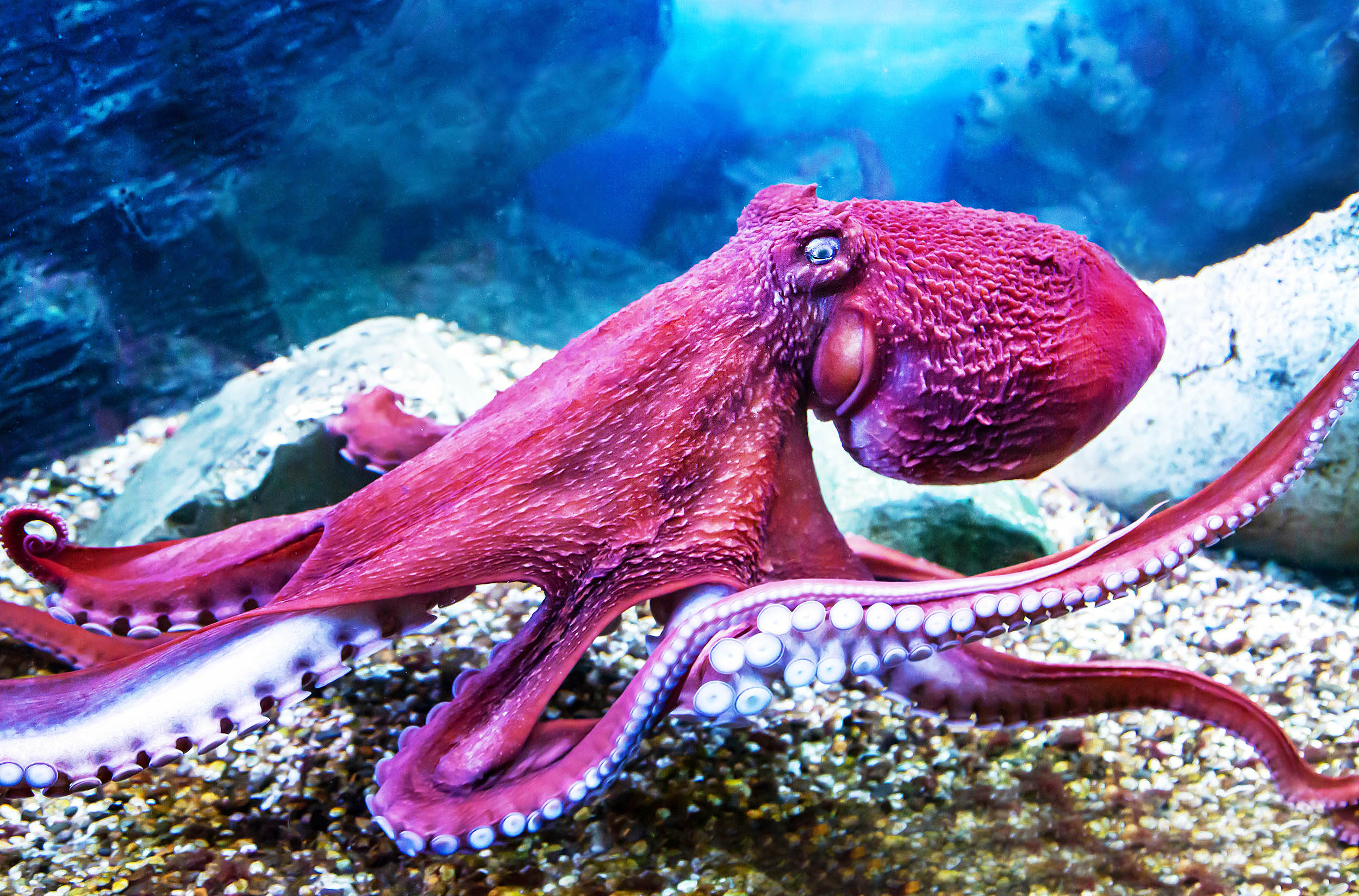T4K3.news
Woodpecker brain study updates
New findings clarify that tongue length is not the main shield in pecking impacts

A neutral look at how woodpeckers avoid brain injuries and what recent studies say about the tongue myth.
Woodpeckers protect their brains through brain size and timing rather than the tongue
Public interest in woodpeckers has circulated a belief that a long tongue wraps around the skull to cushion the brain during pecking. While some early researchers thought the tongue offered shock absorption, a 2022 frame by frame video analysis found the skull functions as a stiff hammer and does not provide built in cushioning. A 2006 peer reviewed study is also cited to explain that a small tilted brain and the short duration of each peck help woodpeckers tolerate strong impacts. The question has a long history, going back to the 1970s, as scientists sought to understand how such head impacts can occur without lasting injury.
New work emphasizes that the tongue wrap around the skull is not the key protector. The 2022 study supports the 2006 finding by showing that brain size orientation and brief contact times allow higher decelerations than in humans. Some estimates place the deceleration during a peck from thousands of g, yet each event lasts less than a millisecond. The tongue connects through a hyoid apparatus to the skull, but current evidence does not show this structure acts as a seat belt to slow deceleration. The debate continues to focus on anatomy as a whole and on the role of rapid motion in protecting the brain, with implications that reach into human safety design while cautioning against oversimplified explanations.
Key Takeaways
"Small brain size and brief peck duration matter most"
summary of the 2006 study
"The skull acts as a stiff hammer not a cushion"
based on the 2022 frame by frame analysis
"Tongue wrap around the skull does not slow deceleration"
note on hyoid apparatus and function
"Science must resist popular myths and test ideas with data"
closing thought on science communication
The article shows how a popular myth can spread online even as science advances. It highlights the value of high speed motion analysis and the need to cross check with older experiments. The piece also demonstrates how public conversation tends to latch onto a single simple idea, even when multiple factors are at play. It underscores the ongoing work in science communication and the importance of distinguishing a compelling narrative from data.
The broader takeaway is that biology often rests on several interacting factors. Small brain size, brain orientation, and short impact duration together explain the woodpeckers resilience, not a single feature such as tongue length. This case also offers a reminder for safety design that nature can inspire without serving as a direct blueprint. Future research may refine our understanding of cranial tolerance and show how body mechanics contribute to protection in ways that can inform human devices and materials.
Highlights
- Small brain size and brief peck duration matter most
- The skull acts as a stiff hammer not a cushion
- Tongue wrap around the skull does not slow deceleration
- Science must resist popular myths and test ideas with data
Future work may yield new ideas for safe designs inspired by how woodpeckers handle rapid head impacts.
Enjoyed this? Let your friends know!
Related News

Study finds brain rewrites emotional maps of familiar spaces

AI Diet Shows Promise in Reducing Dementia Risk

Prenatal acetaminophen linked to higher autism ADHD risk

Morning Coffee Mood Boost Confirmed

Bella Mackie's challenges in quitting antidepressants

Study finds pandemic stress hastened brain aging

Cat dementia study offers human model

PFAS exposure linked to brain changes
